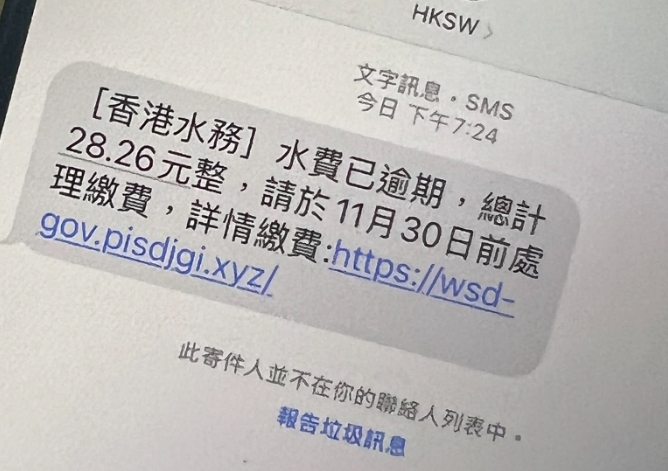
The Hong Kong dollar (HKD) operates under a unique currency peg system, tying it to the US dollar within a narrow band of 7.75 to 7.85 HKD per USD. This system ensures stability but requires active management by the Hong Kong Monetary Authority (HKMA). The Hong Kong Interbank Offered Rate (Hibor) plays a critical role in this financial ecosystem, influencing borrowing costs for banks, businesses, and consumers. On Wednesday, May 7, the one-month HKD Hibor dropped by 58 basis points to 3.08%, marking its largest decline since 2008. This sharp fall reflects the HKMA’s recent interventions to defend the currency peg and their impact on liquidity.
Recent HKMA Interventions
The HKMA has been actively selling HKD against the US dollar to maintain the currency peg. Since Friday, it has conducted four interventions, selling a total of HK$129.4 billion (S$167 billion). These actions were triggered as the HKD approached the strong end of its trading band at 7.75 HKD per USD. The interventions have significantly boosted interbank liquidity, with the aggregate balance—a key measure of liquidity—expected to rise to HK$174.1 billion by May 8. This is a notable increase from recent levels, which were near the lowest since 2008. The aggregate balance reflects the amount of funds available in the banking system, and its rise signals easier access to liquidity for financial institutions.
Impact on Funding Costs
The drop in the one-month HKD Hibor by 58 basis points (0.58%) to 3.08% is a direct result of the HKMA’s actions. Lower Hibor rates reduce funding costs for banks, which can then pass on these savings to businesses and consumers through lower borrowing rates. For example, mortgage rates and corporate loans may become more affordable, potentially stimulating economic activity. Analysts predict further declines in Hibor rates, with the one-month and three-month rates potentially falling to 3% and 3.3%, respectively, if the Federal Reserve cuts rates by 50 basis points and the aggregate balance reaches HK$300 billion this year.
Offshore Renminbi Funding Costs
Hong Kong is also a key hub for offshore renminbi (CNH) trading, and funding costs for CNH have recently hit record lows. Lower CNH funding costs are linked to the HKMA’s interventions, as increased liquidity in the HKD market spills over into the CNH market. This trend benefits cross-border trade and investment, as businesses can access cheaper financing in renminbi. It also strengthens Hong Kong’s role as a global financial center, particularly in facilitating transactions between mainland China and the rest of the world.
Market Sentiment and Future Outlook
The recent changes in the HKD Hibor and CNH funding costs reflect broader shifts in global financial markets. The fading of the “US exceptionalism” view—the belief that the US economy outperforms others—has led to increased capital inflows into Hong Kong. Analysts from Australia & New Zealand Banking Group (ANZ) suggest that this influx is structural and could sustain the HKD’s strength into 2025. Additionally, the market narrative of “de-dollarisation”—reducing reliance on the US dollar—further supports the HKD’s position in the global financial system.
Implications for Investors and the Broader Economy
For investors, the drop in HKD Hibor presents opportunities. Lower funding costs can make Hong Kong’s real estate market more attractive, as mortgage rates decline. Businesses may also benefit from cheaper loans, potentially boosting investment and expansion. However, these changes come with risks, such as potential inflationary pressures if liquidity remains high for an extended period. The HKMA’s role in balancing financial stability and economic growth will be crucial in navigating these challenges. Monitoring global financial trends, particularly US Federal Reserve policies, will remain essential for understanding the HKD’s future trajectory.












